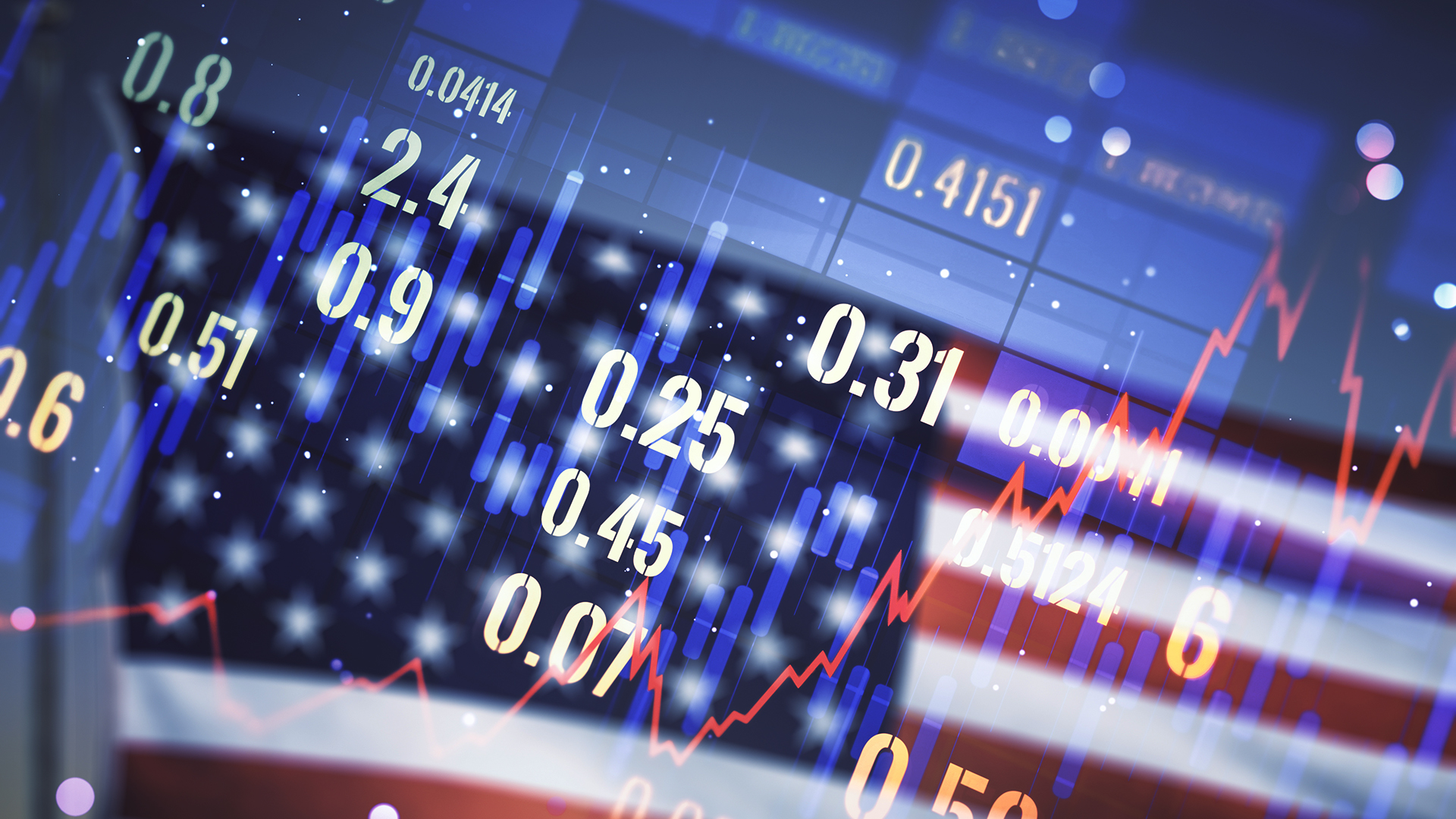In the third quarter, the US economy experienced stronger growth than expected, with an annual increase of 4.9%, marking the best performance in nearly two years. This surprising development was attributed to robust consumer spending despite higher interest rates, persistent inflation pressures, and various domestic and global challenges.
As a result of this news, US bond yields fell, with the 10-year bond yield dropping to 4.85%, down 11 points on the day. The two-year bond yield also decreased to 5.05%, down approximately 5 points.
Typically, such robust growth would have pushed bond yields higher and triggered discussions about the Federal Reserve's next rate hike. However, recent increases of 85 points in the 10-year bond yield over the past three months and 28 points in the past month have effectively served as a substitute for a Fed rate hike for the time being. Consequently, the central bank will adopt a wait-and-see approach until its December meeting, when it will unveil new economic forecasts and an updated version of the renowned 'dot plot.'
This situation stands in stark contrast to Australia, where consumer demand has been stifled by elevated interest rates, increased mortgage payments, exorbitant rents, and, until recently, the lingering effects of the prolonged La Niña period, which prolonged high fresh food prices.
The seasonally adjusted annualized growth rate of 4.9% for the period from July to September exceeded expectations and marked a significant improvement from the unrevised 2.1% pace in the second quarter. This performance represented the strongest quarterly growth since the fourth quarter of 2021, surpassing economists' forecasts of a 4.7% growth rate. Notably, this growth occurred despite a slight rise in the US dollar and the Australian dollar's performance at the close.
While a reduction in tensions in Israel and Gaza contributed to the positive economic outlook (resulting in lower oil prices and challenges for the Nasdaq), the key surprise for the markets was the robust GDP numbers and their underlying drivers, primarily consumer spending.
This remarkable growth was driven by increased consumer spending, higher inventories, expanded exports, greater residential investment, and increased government spending. Personal consumption expenditures, a measure of consumer spending, surged by 4% for the quarter, compared to just a 0.8% increase in the second quarter, contributing 2.7 percentage points to the total GDP increase. Inventories also played a significant role, contributing 1.3 percentage points. Additionally, gross private domestic investment increased by 8.4%, and government spending and investment jumped by 4.6%.
Consumer spending was relatively evenly distributed between goods and services, with both categories seeing substantial increases of 4.8% and 3.6%, respectively.
This situation sharply contrasts with Australia, where consumer spending has been severely constrained, with minimal growth, and the unadjusted value of monthly retail sales remaining below November 2022 figures. Meanwhile, RBA Governor Michelle Bullock is grappling with external factors driving inflation that she and the central bank are unable to control.














